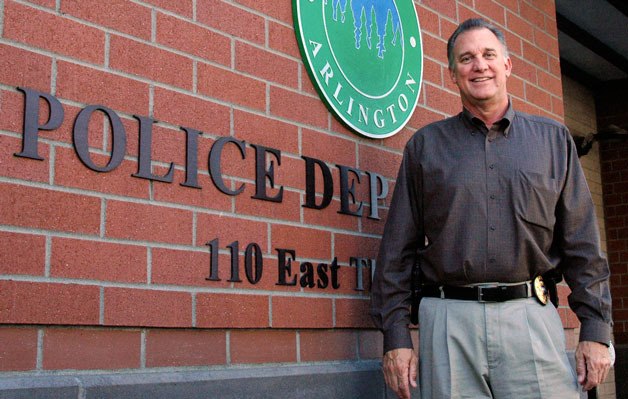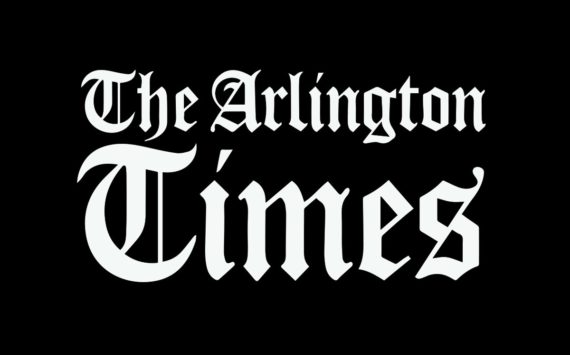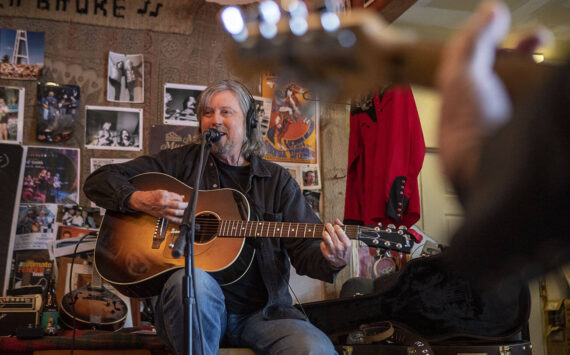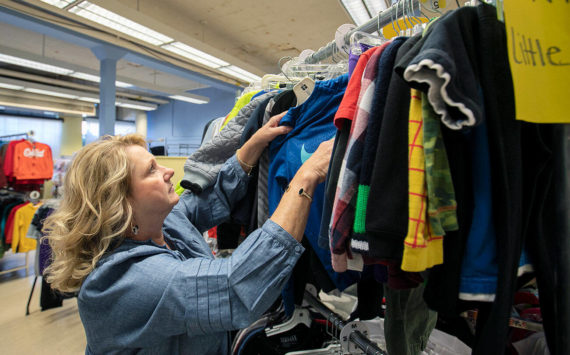SNOHOMISH COUNTY — The Stillaguamish River watershed will receive more than $5.5 million in grants from the Washington State Salmon Recovery Funding Board.
The Stillaguamish Implementation Review Committee, which diverts the grants into the watershed, received grants for 12 projects, according to a statement released Dec. 15 by the Washington state Recreation and Conservation Office.
“We did a good job as a watershed committee spreading the money from the headwaters to the sound, protecting lands and restoring lands (and) working on projects to reduce further damage from excess sediments impact (that) impact Chinook and farmers downstream,” said committee member co-chair Bill Blake in an e-mail.
Blake is also the city of Arlington’s natural resource manager.
Although the projects will take place in Snohomish County, Blake said that the review committee had the final say in where those funds will be distributed.
“Yes, the projects are in the county, but the watershed committee and citizen volunteers participated in the process of reviewing and prioritizing the projects receiving funding,” he said.
The projects include:
Snohomish County
• $268,950 for assessing restoration projects for the Middle Pilchuck River Reach.
• $315,360 for restoring North Creek.
• $1.5 million for restoring Smith Island Marsh.
• $142,280 for studying sediment nourishment feasibility from Pigeon Creek to a stream west of Japanese Gulch in Mukilteo.
Stilly-Snohomish Fisheries Enhancement Task Force
• $123,675 to design the restoration of Jim Creek.
Stillaguamish Tribe of Indians
• $125,000 to design a project to reduce sediment in Gold Basin.
• $522,366 to fix Canyon Creek roads.
• $900,000 to protect and restore Klein Farm.
• $200,000 to reconnect the Blue Slough side channel.
The Nature Conservancy
• $750,000 to restore Port Susan Bay estuary.
Tulalip Tribes
• $500,000 to remove a levee for the Qwuloolt estuary restoration.
Washington state Department of Fish and Wildlife
• $200,000 to study how to restore Ebey Island.
The funding recovery board is awarding $42.8 million total to protect and restore salmon population in the state, according to the statement.
Projects in Snohomish County received the second-most funding of any county. Skagit County was No. 1 in terms of grants, receiving more than $5.8 million.
The state grants come from the federal Pacific Coastal Salmon Recovery Fund, which are matched by the state.
“Salmon are an important part of Washington’s economy and culture,” said Steve Tharinger, chairman of the board, in the statement. “These grants are helping us reverse the decline in salmon populations we’ve seen over the past two decades.”






